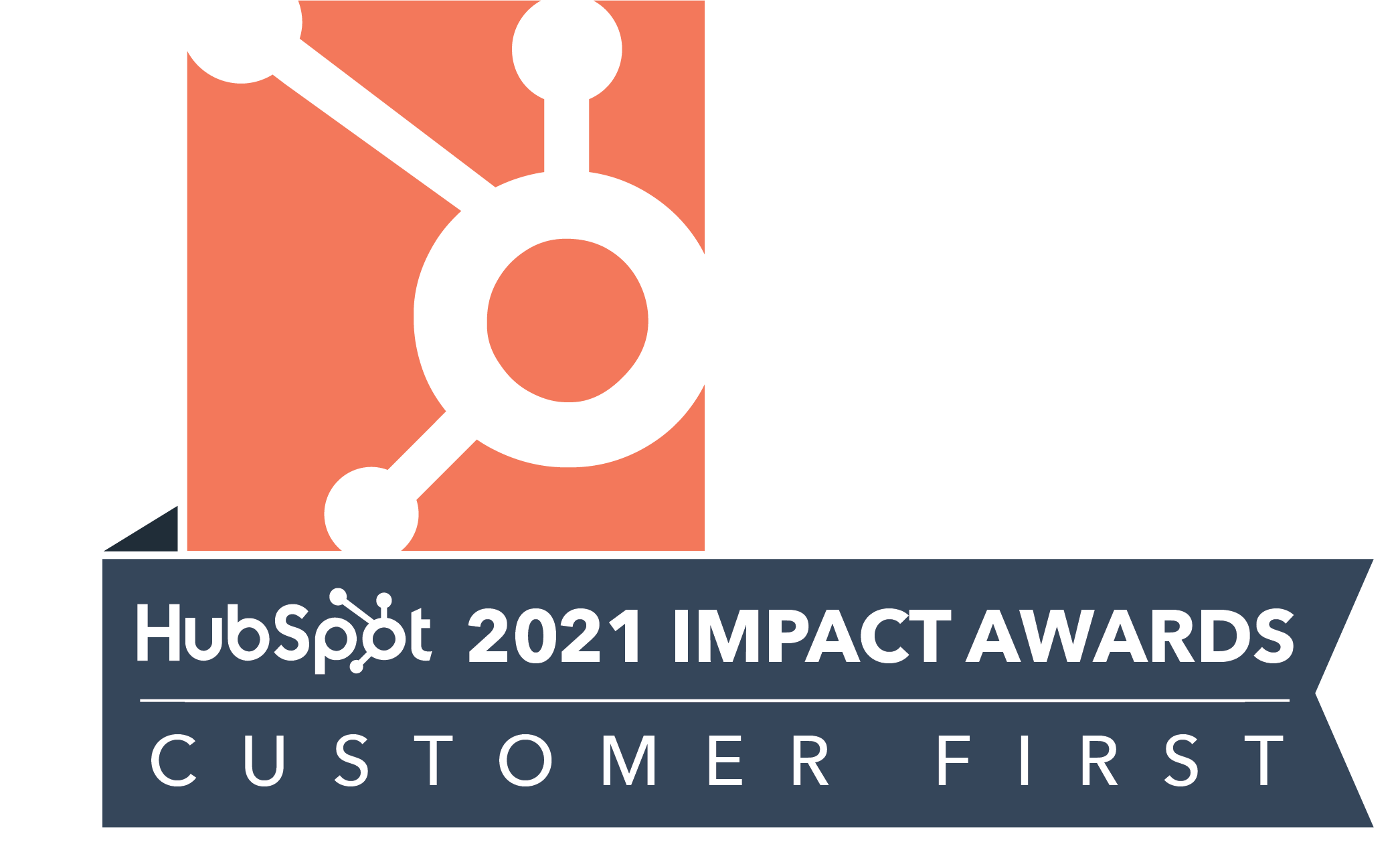Ever since Google started rolling out updates where it would not provide keywords data for logged-in Google users, there has been hue and cry in the SEO, and inbound marketing services industry. If that was not all, Google recently updated its policies and made the search term keywords data unavailable for all users, whether logged in or not. And with that, they have shaken up the SEO industry to quite an extent. Just in case you’re not an avid follower of Google’s policies – it now doesn’t give the data of the search terms through which a user would land on your site. So what?
Well, people have been talking about a lot of things:
- SEO is dead!
- No keywords: No SEO
- Focus on things apart from keywords
- Its time to innovate (to an extent, yes)
- Google’s playing foul (Well, this was bound to happen, after all Google is a profit making company, isn’t it?) (For the records, Google will give this keywords data if you are advertising with them. So all the statements about protecting users’ privacy don’t actually hold true, it only means users’ privacy is not available for free)
Anyways, I am not here to discuss whether Google is Evil or not. I am here to ask and answer a few questions. Lets get to the my questions first, mostly targeted at SEO and Digital Marketing experts.
- Why couldn’t you see this?
- If you could, why weren’t you already taking corrective measures against it?
- Why were you banking just on that keywords data?
About an year back I met the SEO Manager of a portal which got over 3.5 Million visitors, about 0.6M was through organic search. He asked me what should he do to increase the traffic? I looked at the site and after a couple of days came back about a list of things which would improve his traffic. He discarded all those and said this does not talk about keywords. I asked him what would he do? He replied, I want a thousand more keywords that I can target to increase traffic. Our conversations never went beyond that day. I would like to now ask him where is he today? And more importantly, what would he do now?
Of the list of things that I came up with, one important thing was how having a bad site architecture was effecting his side and how to fix that. Then it spoke about building content, about building a community and how eventually becoming a brand in their space. Interestingly, their SEO team worked in a silo and were reporting to their CTO! Really? They were not working directly with the brand or the marketing team? Well, they are not the only ones who do that but that’s not the focus of this article, so more on that some other day.
Coming back to the keywords issue. Interestingly, a few weeks back itself I did a small presentation on What SEO is and What it is NOT. You must go through it, would take just 2-3 minutes. We’ve always been believers that great SEO is about a lot of things of which the primary thing is content (and not keywords). When I presented this at a prospective client meeting last week, their SEO team was literally taken aback. They did not want to listen to me any further. The team kept repeating about terms like “keyword density”, “keyword ranking” and would keep mum when I would talk about content or the most important person – the reader! Their choice!
And now coming to the answers: So what should you do?
STEP 1: Get yourself and analytics ninja!
- Ideally the job of your current SEO agency/guy but if they are not good at analytics, you need to immediately fire them! Then, get a better agency – someone who gives you inference based reports rather than sending reports filled with data and numbers! They should give you much more than just search terms, keyword rankings and landing pages data. More on what to look in reports, later.
- Convert your ‘not provided’ data into meaningful data – that will give you a really good understanding of the users landing from search – if not the exact search terms.
STEP 2: Research
- Find out what does the brand owner think
- Find out what the (potential) customer thinks
- Find out what the competitor is doing
- Collate data and you’ll know what to do
One of our customer was facing trouble in naming one of his services. We did the above four steps and you would be astonished to know the results! Unfortunately, the results can’t be published but all I can say is that the client is super impressed and now we are working on the next steps.
STEP 3: Find “context”
STEP 4: Build relevant content
STEP 5: Get back to your SEO guys then! If you’ve found the right guys they will know what to do next. If they don’t, repeat Step 1 🙂















